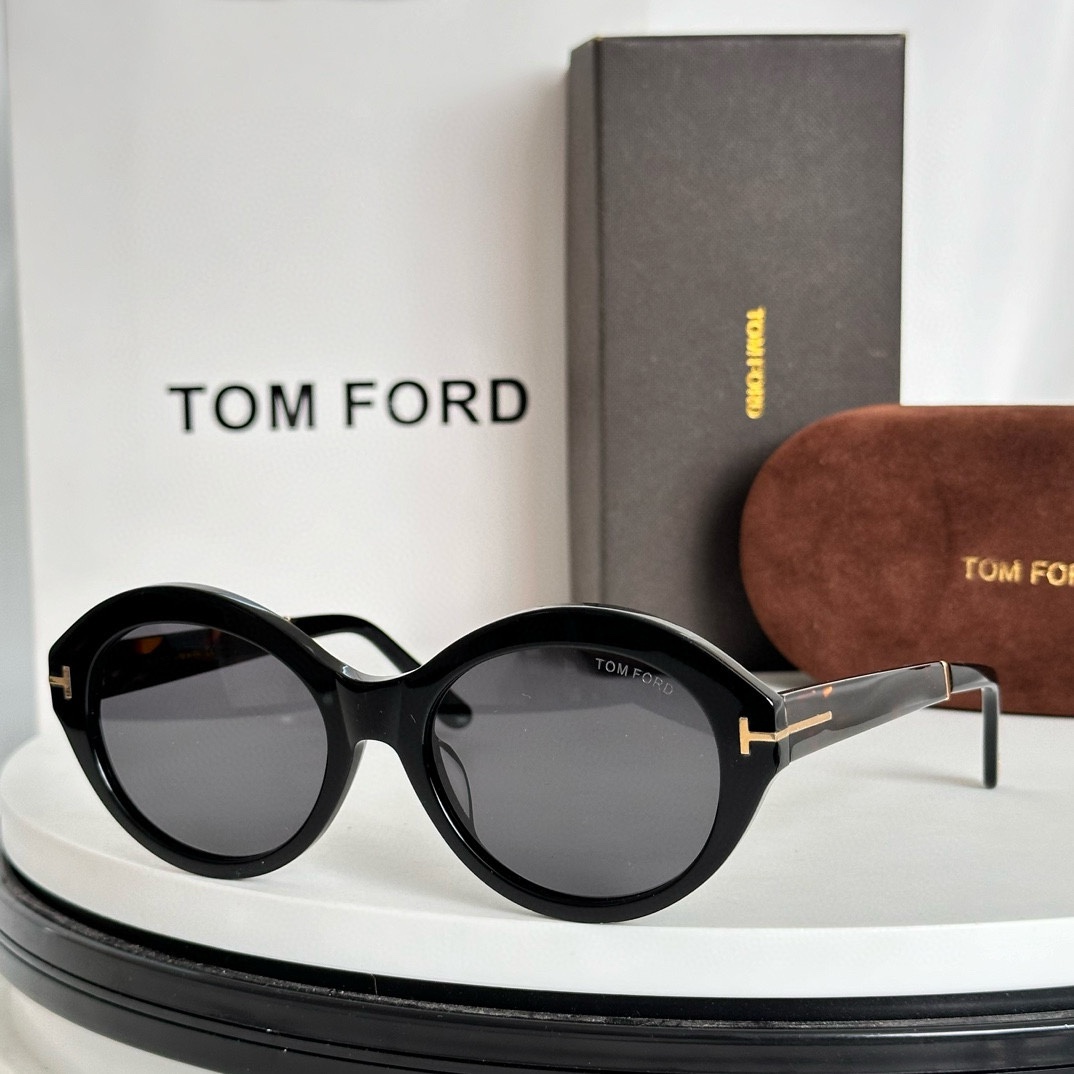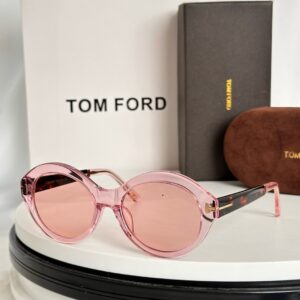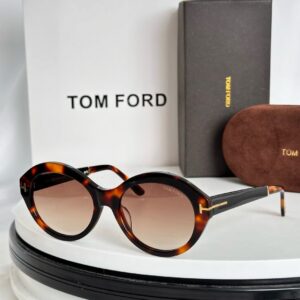Understanding Consumer Rights When Purchasing Knockoff Sunglasses
When it comes to purchasing sunglasses, especially knockoff or counterfeit items, consumers must be aware of their legal rights. Genuine sunglasses are products produced by authorized brands, while counterfeit sunglasses are imitations that often violate trademarks and copyrights. Understanding this distinction is essential for consumers seeking quality eyewear that meets safety and performance standards.
Buying knockoff sunglasses can lead to several implications, including potential health risks. Counterfeit products may not adhere to the same safety regulations as genuine sunglasses, which can result in inadequate UV protection. This lack of proper filtration exposes wearers to harmful UV rays, posing threats to eye health. Moreover, knockoff products often lack warranties or customer support, leaving consumers with no recourse if the product is defective or unsatisfactory.
Consumer protection laws are in place to safeguard buyers from fraudulent products. In many jurisdictions, these laws allow consumers to report counterfeit goods and seek compensation for damages incurred. If a buyer finds themselves with a substandard product, they are encouraged to take action. This may involve contacting the retailer and requesting a refund or replacement. If the retailer is unresponsive, consumers can escalate the matter by filing a complaint with local consumer protection agencies or reporting the counterfeit item to the brand owner.
To identify counterfeit sunglasses, consumers should be vigilant. Examining the quality of materials, checking the packaging, and researching the retailer can help in recognizing a genuine product. Furthermore, it’s advisable to purchase sunglasses from authorized dealers or reputable online platforms. By being informed and proactive, consumers can safeguard themselves and make educated choices when purchasing eyewear that meets their expectations.
The Evolution of Sunglasses: From Necessity to Fashion Statement
The history of sunglasses can be traced back to ancient civilizations, where they primarily served a utilitarian purpose of protecting the eyes from harmful sunlight. For instance, the Inuit people crafted snow goggles from materials like wood, bone, or leather to shield their eyes against sunlight reflecting off ice and snow, mitigating the risks of snow blindness. Similarly, the ancient Chinese used flat panes of smoky quartz to shield their eyes from the sun, a practice documented as early as the 12th century. This early adaptation emphasized the functional aspect of sunglasses, prioritizing eye health over aesthetic appeal.
As time progressed, sunglasses began to gain popularity in different cultures, evolving from mere protective tools to fashionable accessories. In the early 20th century, Hollywood celebrities embraced sunglasses as a symbol of glamour and prestige. Icons such as Audrey Hepburn and James Dean played pivotal roles in transitioning sunglasses into a must-have fashion item. With the advent of film and celebrity culture, sunglasses took on a new identity, becoming synonymous with status, mystery, and allure.
Thus, sunglasses have shifted from their original purpose as eye protection to becoming a significant element of personal style and expression, mirroring societal changes and the enduring interplay between practicality and fashion.
How to Choose Sunglasses for Outdoor Sports
Choosing the right sunglasses for outdoor sports is essential for both performance and protection. When engaging in activities such as running, cycling, or skiing, the right sunglasses not only enhance visibility but also shield your eyes from harmful UV rays. One of the foremost considerations is UV protection; look for sunglasses that offer 100% UVA and UVB protection, as prolonged exposure can lead to serious eye conditions.
Another critical aspect is the type of lenses. Polarized lenses are highly recommended for sports like fishing and skiing, where glare from water or snow can impede visibility. These lenses reduce glare and provide clearer vision, significantly improving your overall experience. Non-polarized lenses, while effective for general use, may not offer the same level of detail enhancement. Furthermore, consider lens tint; for instance, gray or green tints provide true color perception, while amber or brown can enhance contrast, beneficial for runners and cyclists navigating various terrains.
Frame materials also play a significant role in the choice of sports sunglasses. Lightweight and sturdy materials, such as nylon or polycarbonate, not only ensure comfort but also enhance durability. A well-fitted pair is crucial for physical activities; ensure that the frames remain secure during motion, as loose or uncomfortable sunglasses can distract and hinder performance. Additionally, look for specific features like adjustable nose pads and rubber temple grips that provide an even better fit.
Finally, it is advisable to try on different styles before making a purchase. Each outdoor sport may require unique coverage and stability features, so experimenting with various designs ensures that you find a pair that meets your specific needs, promoting both comfort and performance during your outdoor endeavors.



